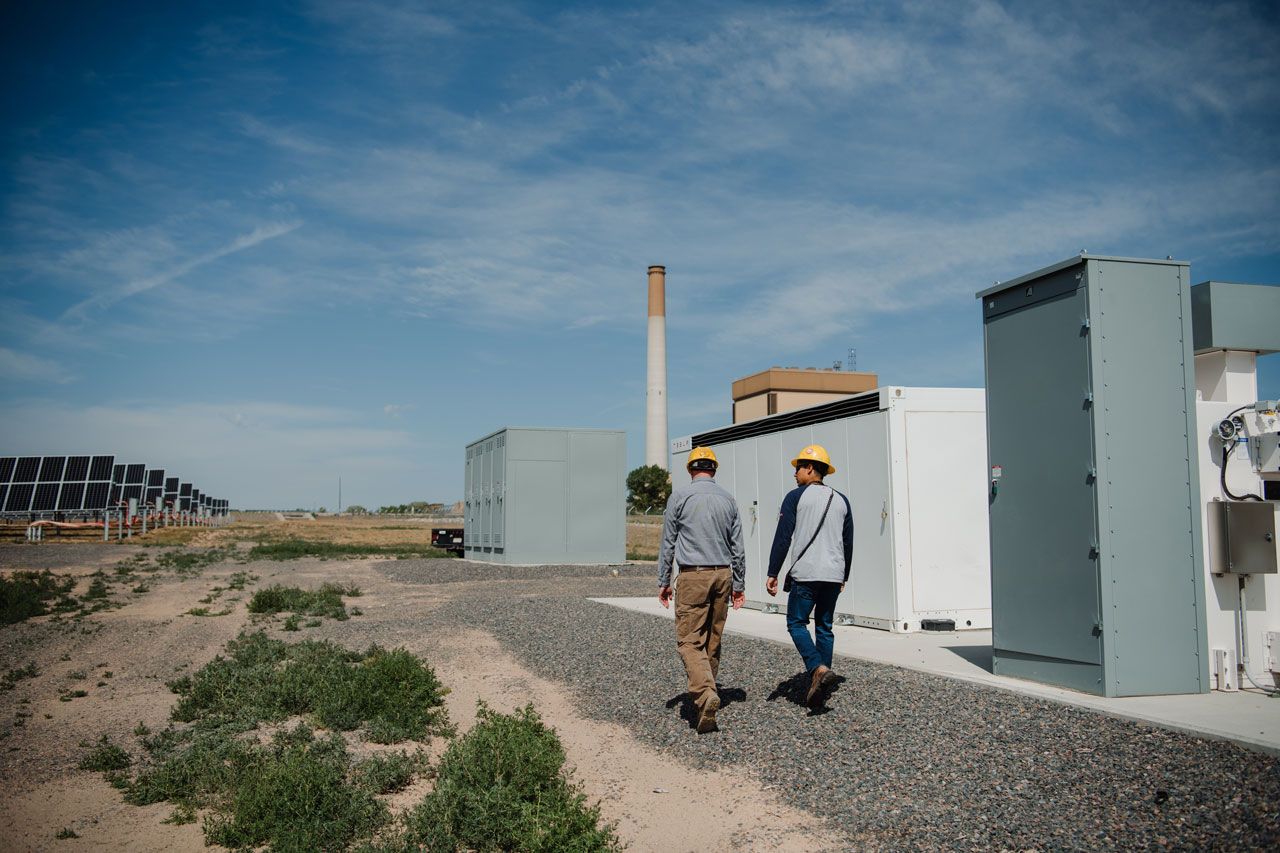Recovery from Great Recession slow, but under way
The Northern Colorado Business Report Annual Monthly Growth Rate is very erratic around the zero line as the Northern Colorado economy recovers from the recent recession. Most of this unevenness is caused by lumpiness in construction dollars.
Infrastructure construction, repair and maintenance (road work) comes to Northern Colorado governments in lumps, mostly dispensed by the federal Recovery Act, which has been very effective in halting the national slide into depression. Thankfully, we have been left with only a severe recession, which will be difficult to get out of, but not in a situation which could have been much worse.
SPONSORED CONTENT
How dispatchable resources enable the clean energy transition
Platte River must prepare for the retirement of 431 megawatts (MW) of dispatchable, coal-fired generation by the end of the decade and address more frequent extreme weather events that can bring dark calms (periods when there is no sun or wind).
The other federal program which has successfully shortened the recession in Northern Colorado is the tax credit for new and upgrading homebuyers. These tax credits have stimulated many home sales and even some new construction of lower-priced housing. Whether or not the program just borrowed from future sales, it did stimulate immediate economic activity which created jobs and saved some construction subcontractors from bankruptcy.
Many, many national economists are now predicting a greater than 50 percent probability that the U.S. economy will “double-dip.” That probably means it won’t. I have been predicting a double-dip since at least January.
I now believe the U.S. economy won’t double-dip according to the official designation of two or more consecutive quarters of negative Gross Domestic Product change, but will have one or more quarters of non-consecutive negative growth. Without question, the recovery from this recession will be weaker and longer than any recovery back to the Great Depression. The Northern Colorado Index of Economic Growth has bounced back to early 2008 levels, a time which was already bad in the construction industry but which saw other sectors, including commercial construction, still hanging on. The “bottom” in the local economy was from a weak 2008 Christmas season until November 2009. We had solid growth early in 2010 but the mid-summer months have been weaker than expected.
Employment
Employment by place-of-residence in Northern Colorado is still declining about 1.5 percent per month on an annual basis. I expect this decline to end no later than early next year and for employment to start growing again. Employment is a lagging indicator and since the recession probably ended in the third quarter of 2009, it’s time for employment gains. The unemployment rate will remain stuck in the 7.3 percent to 8.3 percent range as new jobseekers enter the labor force.
Housing
The number of single-family detached housing permits being issued dropped sharply after the housing tax credit expired. New housing permits being issued in Northern Colorado are now at the same levels as in the late 1980s and early 1990s. These levels are one-fifth to one-sixth the levels we were seeing in 2004 as the bubble was inflating. I don’t see a real recovery in the home construction industry until at least spring of 2011 when new jobs begin to be added.
Motor vehicles, sales tax accounts
Motor vehicle registrations are increasing again as the economy shows some mild signs of recovery.
New and renewed sales tax accounts are also increasing nicely as retail sales pick up and optimism about the Northern Colorado economy becomes evident. Increases in retail sales, from January/February lows, have been much stronger in 2010 than in 2009. The Christmas sales season will be better than 2009 but not as good as years before that. The loss in wealth from decreases in home values and lost jobs has caused consumers to save more and spend less.
Bankruptcies
The number of bankruptcies being declared remains high as job losses cause foreclosures which turn into bankruptcies. Foreclosures cause for-sale housing inventories to increase which pushes the value of homes down, causing further decreases in wealth, more saving and less consumer spending – a self-reinforcing downward spiral that will not stop until entrepreneurs ask banks to lend and banks agree to underwrite investment in economic production. The key that is currently missing is a willingness on the part of businesses to expand production in the face of decreasing consumer spending.
The Northern Colorado economy is much better positioned to recover than 99 percent of other regions of the United States. Growth in our economy has begun but will not increase rapidly. There will be weak months because of the unevenness of economic growth in the various sectors of our economy. But we have turned the corner and economic conditions are improving.
John W. Green, Ph.D., is a regional economist who compiles the Northern Colorado Business Report‘s Index of Leading Economic Indicators. He can be reached at jwgreen@frii.com.
The Northern Colorado Business Report Annual Monthly Growth Rate is very erratic around the zero line as the Northern Colorado economy recovers from the recent recession. Most of this unevenness is caused by lumpiness in construction dollars.
Infrastructure construction, repair and maintenance (road work) comes to Northern Colorado governments in lumps, mostly dispensed by the federal Recovery Act, which has been very effective in halting the national slide into depression. Thankfully, we have been left with only a severe recession, which will be difficult to get out of, but not in a situation which could have been…
THIS ARTICLE IS FOR SUBSCRIBERS ONLY
Continue reading for less than $3 per week!
Get a month of award-winning local business news, trends and insights
Access award-winning content today!

